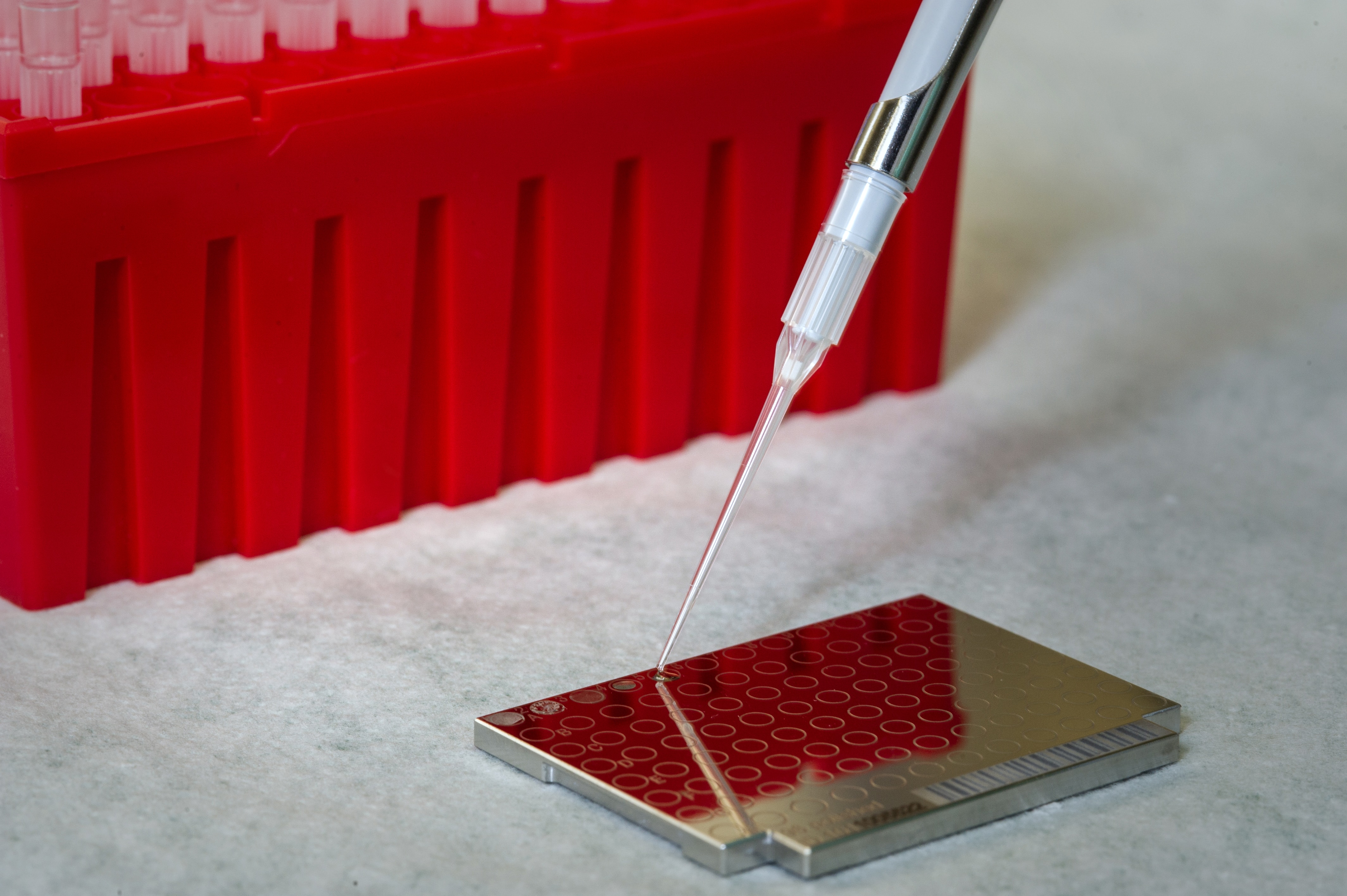
Sexually Transmitted Diseases: Types, Symptoms, and Treatment
by Indra on July 25, 2023 , 8 min read
Sexually transmitted diseases (STDs), also known as sexually transmitted infections (STIs), are a serious public health concern. In this comprehensive guide, we will explore the various types of sexually transmitted infections, their symptoms, available treatments, and essential information to help you understand and protect yourself. From common STDs like chlamydia, syphilis, gonorrhoea, and genital herpes to the importance of early detection and treatment, let's delve into the world of sexually transmitted diseases.
What is a sexually transmitted infection (sexually transmitted disease)?
Understanding the basics: A sexually transmitted infection (STI), commonly known as a sexually transmitted disease (STD), is an infection spread through sexual activity, including vaginal, anal, or oral sex. These infections can be caused by bacteria, viruses, or parasites, and they can affect both men and women. It is crucial to remember that many STIs show no symptoms initially, making regular testing and safe sexual practices vital for prevention and early detection.
STIs vs. STDs: Differentiating the Terms
While the terms STI and STD are often used interchangeably, there is a subtle distinction between them. An STI refers to an infection that is present but may not necessarily cause symptoms or illness. On the other hand, an STD refers to an infection that has progressed to a disease stage, causing noticeable symptoms and health issues. Both STIs and STDs require attention, testing, and appropriate treatment to ensure optimal sexual health.

What are the types of sexually transmitted infections? Exploring the common STIs:
- Chlamydia: The bacterium Chlamydia trachomatis causes Chlamydia, one of the most prevalent STIs. It can lead to serious complications if left untreated, such as pelvic inflammatory disease (PID) in women.
- Syphilis: Syphilis, a bacterial infection caused by Treponema pallidum, progresses through different stages and can affect various organs. Early detection and treatment are crucial to preventing severe complications.
- Gonorrhoea: Gonorrhea, caused by the bacterium Neisseria gonorrhoeae, can cause infections in the genitals, rectum, and throat. Untreated gonorrhoea can lead to infertility and other complications.
- Genital Herpes: The herpes simplex virus (HSV) causes genital herpes, resulting in recurrent outbreaks of painful blisters. While there is no cure for herpes, antiviral medications can help manage symptoms and reduce the risk of transmission.
- Human Papillomavirus (HPV): HPV is a common virus that can cause genital warts and increase the risk of cervical, anal, and other cancers. Vaccination and regular screening are crucial for prevention and early detection.
How common are sexually transmitted infections?
Understanding the prevalence: Sexually transmitted infections are widespread, affecting millions of people worldwide. According to recent statistics, Chlamydia, Gonorrhoea, and Syphilis have been on the rise in many countries. It is essential to prioritise safe sex practices, regular testing, and open communication with sexual partners to curb the spread of these infections.
STI symptoms
Recognizing the warning signs
The symptoms of STIs can vary depending on the specific infection. However, some common symptoms include:
- Unusual discharge from the genitals
- Pain or discomfort during urination
- Genital itching or irritation
- Sores, blisters, or warts in the genital area
- Lower abdominal pain
- Painful sexual intercourse
- Flu-like symptoms (fever, fatigue) in some cases
Underlying STI causes
Understanding transmission and risk factors
Sexually transmitted infections are primarily transmitted through sexual contact, including vaginal, anal, or oral sex. Unprotected sex, multiple sexual partners, and engaging in sexual activity at a young age increase the risk of acquiring an STI. Additionally, some infections, like HIV, can also be transmitted through blood transfusions, sharing needles, or from an infected mother to her baby during childbirth.
STI treatment options
Effective approaches to manage infections
The treatment for STIs depends on the specific infection and may involve antibiotics, antiviral medications, or other targeted therapies. It is crucial to complete the full course of prescribed medication, even if symptoms improve, to ensure complete eradication of the infection. Regular follow-up testing is essential to monitor progress and prevent further transmission.
Are sexually transmitted infections contagious?
Understanding transmission risks
Yes, STIs are contagious and can be easily transmitted through sexual contact. It is important to note that some infections can be transmitted even when there are no visible symptoms, making regular testing and practising safe sex essential for prevention. Using barrier methods such as condoms and dental dams, and getting vaccinated against certain STIs (e.g., HPV) can significantly reduce the risk of transmission.
How can someone lower their risk of developing a sexually transmitted infection (STI)?
Preventing STIs:
Lowering the risk of STIs involves adopting safe sex practices and making informed choices. Here are some key preventive measures:
- Consistent and correct use of condoms or dental dams during sexual activity
- Limiting sexual partners and practising mutual monogamy
- Undergoing regular STI testing, especially when starting a new sexual relationship
- Getting vaccinated against STIs, where available (e.g., HPV vaccine)
- Open and honest communication with sexual partners about STI history and testing

When to see a doctor
Seeking professional guidance: It is essential to consult a healthcare provider if you suspect you have been exposed to an STI or if you experience any symptoms. Prompt medical attention is crucial for accurate diagnosis, appropriate treatment, and preventing potential complications. Remember, early detection and treatment can significantly improve outcomes and protect your sexual health.
Conclusion
Sexually transmitted infections are a serious health concern that requires attention and proactive measures. By understanding the types, symptoms, and treatment options, individuals can empower themselves to make informed decisions about their sexual health. Regular testing, practising safe sex, and seeking professional medical advice when needed are key steps towards preventing, managing, and reducing the spread of sexually transmitted infections. Remember, knowledge is power when it comes to safeguarding your sexual well-being.